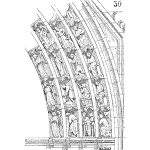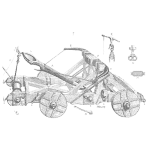
FMEA facilitators can generate deep discussion and stimulate creative ideas by asking probing questions.
“A good question is never answered. It is not a bolt to be tightened into place but a seed to be planted and to bear more seed toward the hope of greening the landscape of idea.” – John Ciardi
The Oxford English dictionary defines “probe” as “seek to uncover information about something.” [Read more…]











 Ask a question or send along a comment.
Please login to view and use the contact form.
Ask a question or send along a comment.
Please login to view and use the contact form.